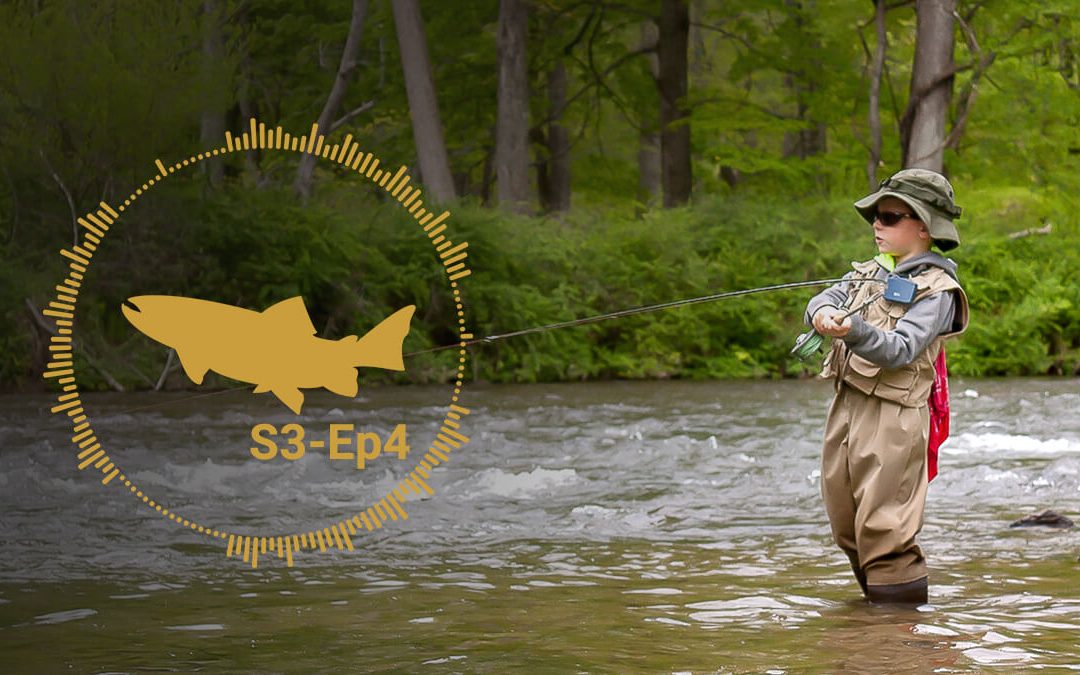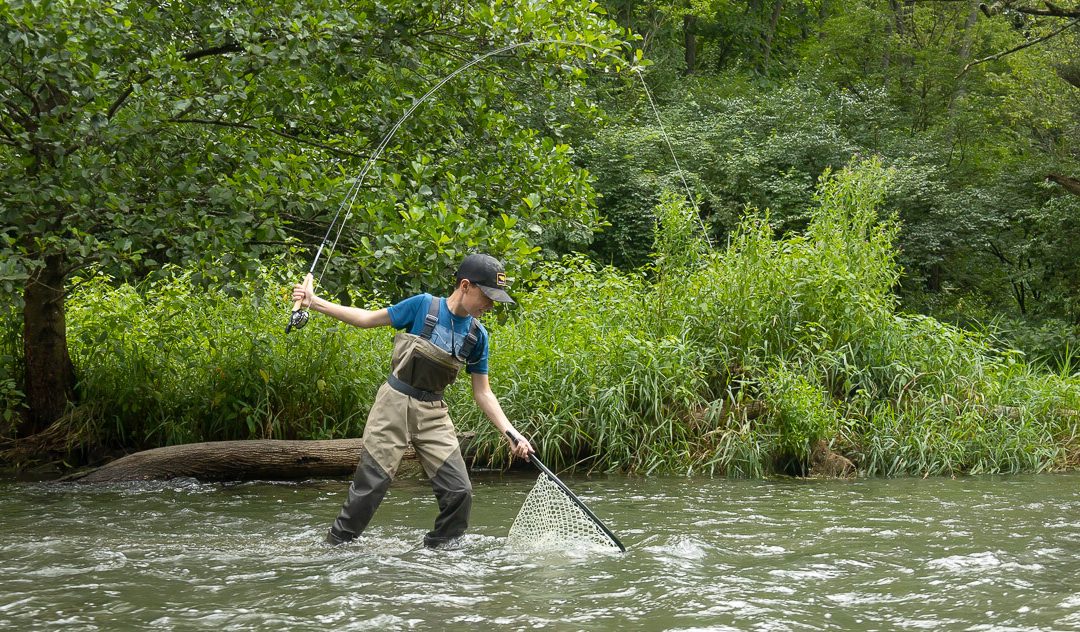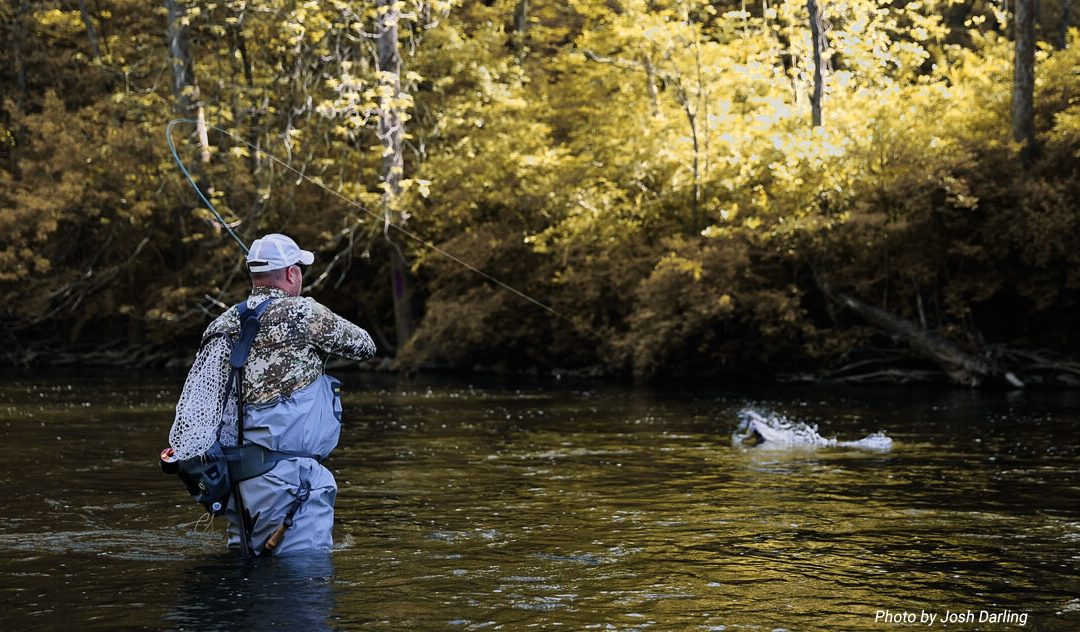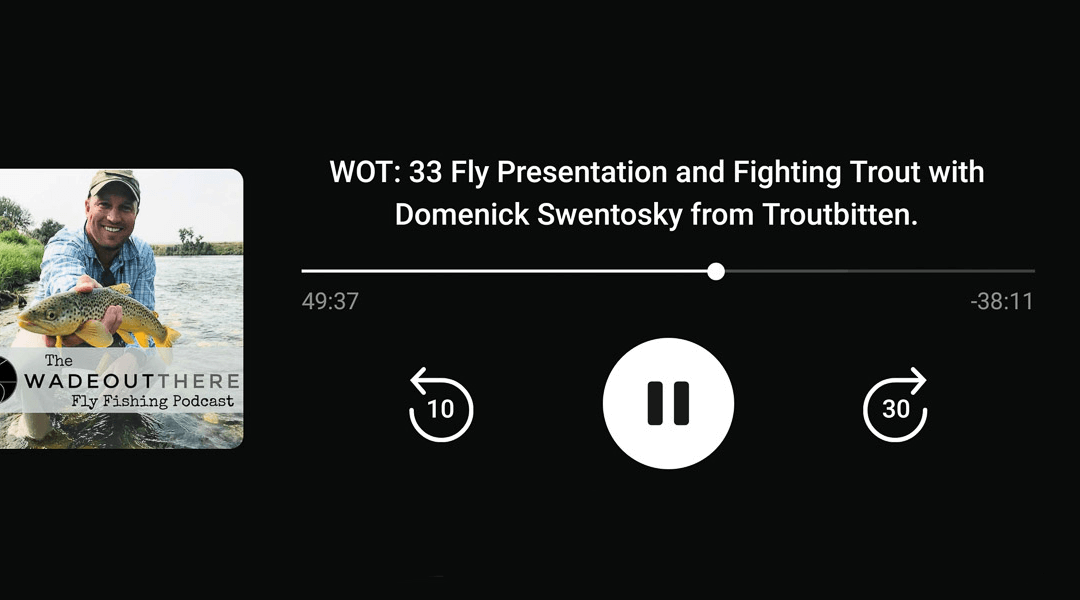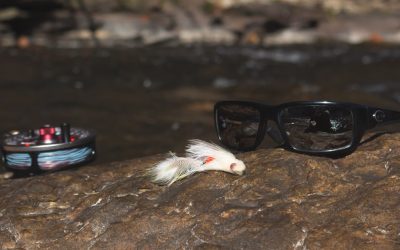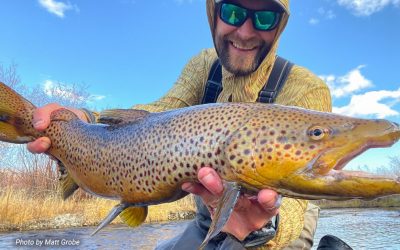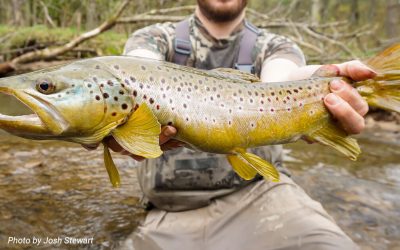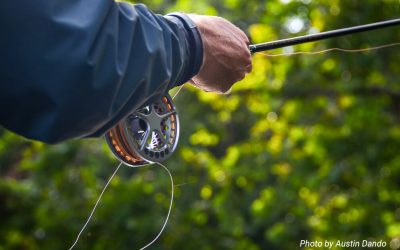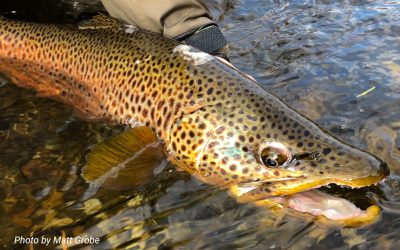The Troutbitten Podcast is available everywhere that you listen to your podcasts. ** Note ** The Podcast Player, along with links to your favorite players is below. Something electric happens when we hook into the fish of the day, the fish of the season or maybe the...
